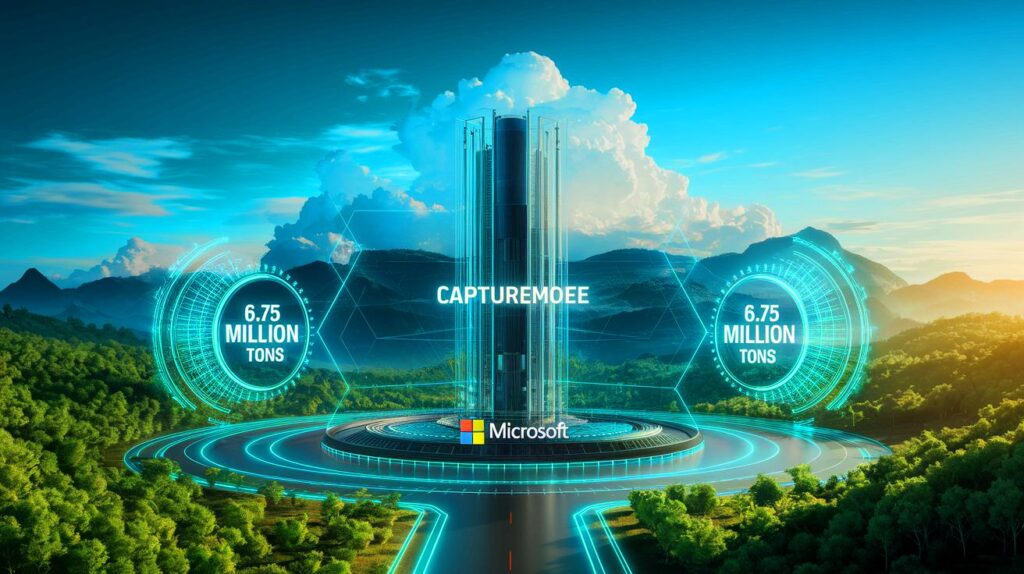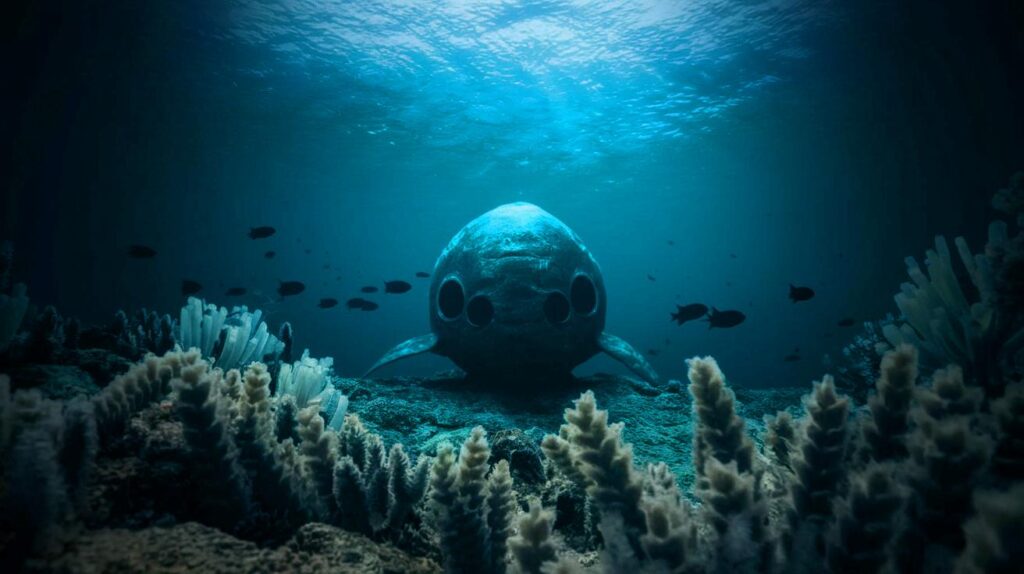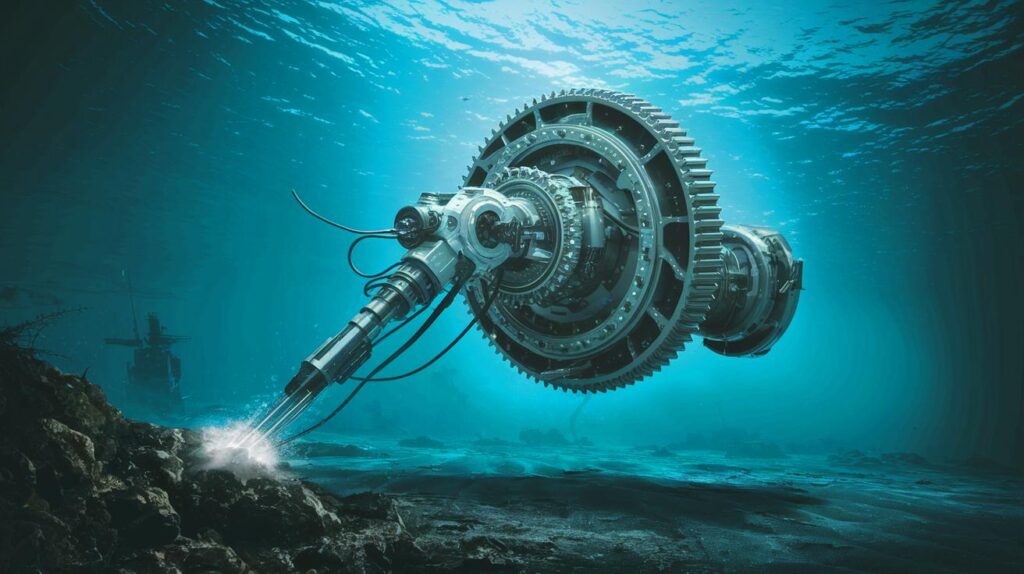| In Brief |
|
Microsoft has recently made a significant shift in its ecological strategy by signing an unprecedented carbon removal agreement. In collaboration with AtmosClear, a company owned by Fidelis, Microsoft commits to removing 6.75 million metric tons of CO₂ over a 15-year period. This ambitious contract aligns with Microsoft’s goal of becoming carbon negative by 2030, a challenge that requires concrete and innovative actions. The agreement involves a BECCS (Bioenergy with Carbon Capture and Storage) installation in Louisiana, utilizing sustainable raw materials such as sugarcane waste and forest residues to capture CO₂ and produce clean energy.
The AtmosClear Project: A Technological Advancement
The BECCS installation of AtmosClear at the Port of Greater Baton Rouge represents a significant technological advancement in carbon capture. By utilizing raw materials like sugarcane bagasse and forest residues, the facility aims to capture 680,000 metric tons of biogenic CO₂ annually. This technology not only generates clean energy but also captures and permanently stores carbon. This project highlights the importance of innovation in combating climate change while creating new economic opportunities. AtmosClear also plans to use the captured carbon as a raw material for producing low-carbon synthetic fuels, such as renewable natural gas, thus increasing the positive environmental impact of the installation.
The construction of the facility is expected to begin in 2026, with commercial operation anticipated in 2029. The total investment is estimated to exceed 800 million euros, demonstrating Microsoft’s commitment to investing in sustainable, long-term solutions to reduce its carbon footprint.
Local Economic and Social Impact
The AtmosClear project is not limited to its environmental objectives; it is also set to have a significant economic and social impact on the region. The installation is expected to create around 75 permanent jobs and 600 construction positions, revitalizing the local job market. These new job opportunities will help strengthen the local economy and offset job losses caused by the closure of sawmills in the area. Daniel J. Shapiro, CEO of Fidelis, emphasizes that the project demonstrates how proven technologies paired with sustainable raw materials can have a significant climatic impact while providing economic and community benefits.
This initiative also exemplifies collaboration between the private sector and local governments to promote green solutions. Louisiana officials are advocating for the U.S. Department of Energy and Congress members to maintain funding for carbon management projects, including a proposed direct air capture hub in Calcasieu Parish.
An Uncertain Political Context
The agreement comes amid an uncertain political climate in the United States, where similar carbon capture and sequestration projects have previously benefited from a federal tax credit of $85 per ton, known as 45Q. However, there are concerns that the Trump administration may seek to reduce or eliminate these incentives during upcoming budget negotiations. Fidelis has confirmed that it plans to utilize the 45Q tax credit to support the carbon sequestration part of the project, but neither Microsoft nor Fidelis has commented on the possibility of canceling the project if these credits are eliminated.
Despite these uncertainties, Microsoft’s commitment to high-quality, sustainable carbon removal solutions remains strong. Brian Marrs, Senior Director of Energy and Carbon Removal at Microsoft, emphasized the importance of working with experienced developers like Fidelis to achieve the company’s goal of becoming carbon negative by 2030. This project illustrates how Louisiana can become a leader in carbon management, research, and applied technology.
Toward a Sustainable Future
The AtmosClear project represents a bold step in carbon removal, demonstrating how a single facility can help mitigate climate change while creating jobs and boosting local economies. The significance of this project lies not only in its ability to capture carbon but also in its potential to serve as a model for similar projects across the United States and worldwide.
As political discussions continue regarding support for carbon management projects, the question remains: how can large corporations and governments continue to innovate and invest in sustainable solutions to ensure a greener and more resilient future in the face of global environmental challenges?







